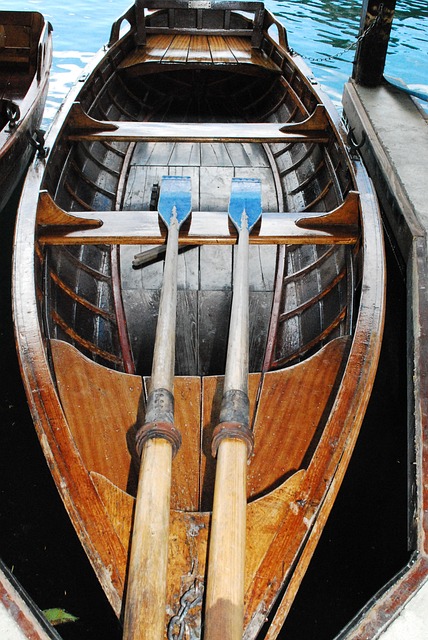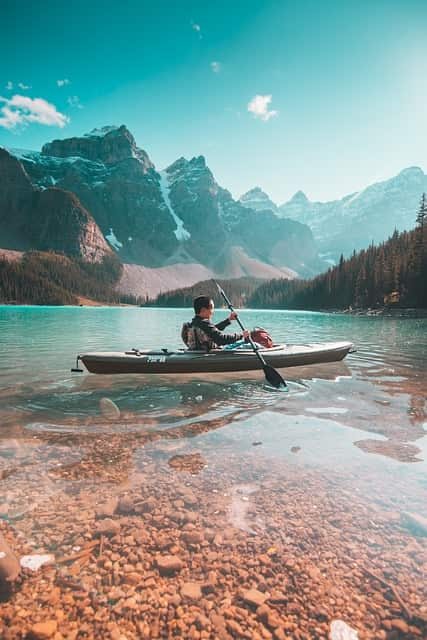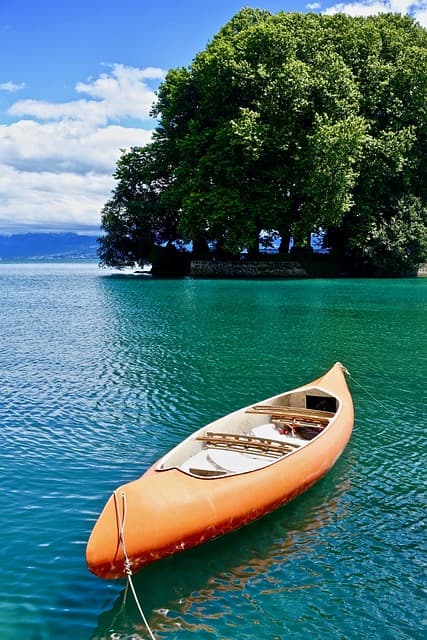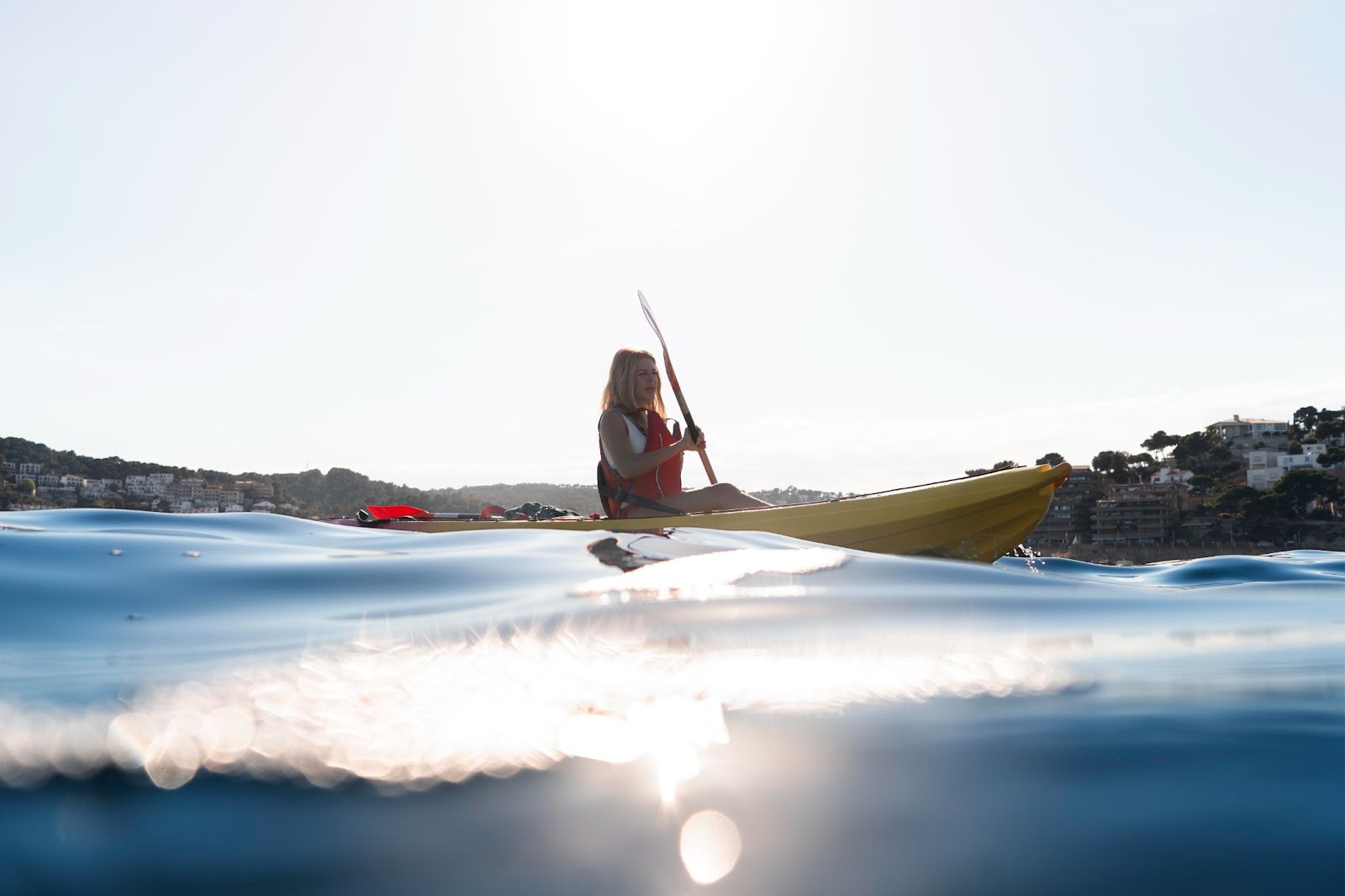The Ohio Department of Natural Resources, serving as the regulatory body, ensures the effective management of waterborne activities within the state. As the overseeing entity, it establishes guidelines and regulations that safeguard the safety and well-being of all watercraft participants while fostering responsible and sustainable use of aquatic resources.
Registration of Canoes
Within the realm of Ohio’s watercraft regulations, a central tenet mandates the registration of canoes, whether propelled manually or equipped with motorized components. By requiring the registration of these vessels, the state endeavors to enhance monitoring and accountability, contributing to overall water safety and environmental preservation.
Registration Validity
Ohio’s policy regarding canoe registration aligns with a three-year validity period, ensuring that vessel information remains up to date and accurate over a reasonable span. This approach promotes efficient administration, allowing watercraft owners to enjoy their activities without undue administrative burdens.
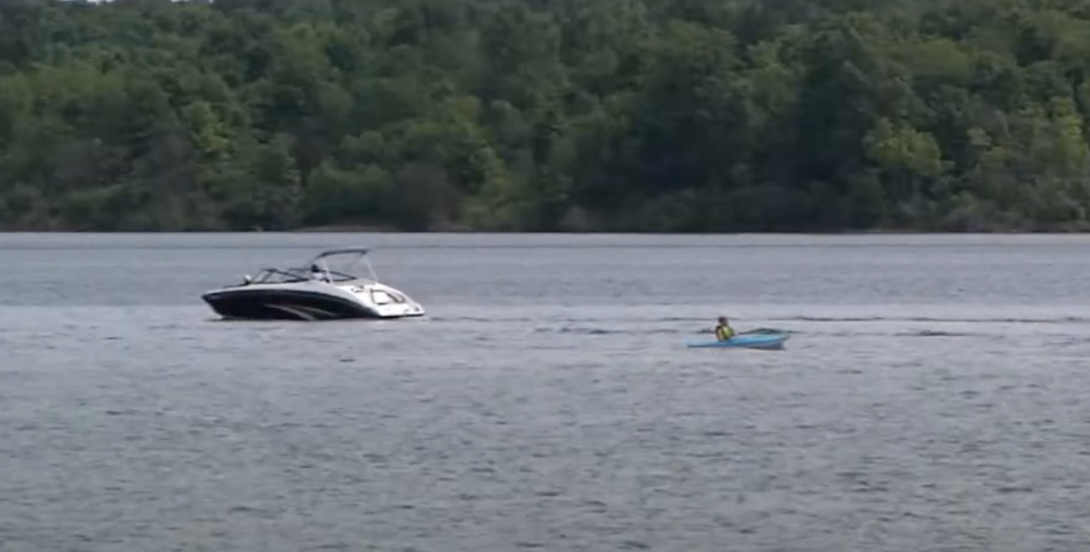
Canoe Title Requirement
Amid Ohio’s watercraft regulations, the requirement for canoe titling is notably absent. This distinction recognizes the unique nature of canoes and underscores the state’s pragmatic approach to registration and documentation, focusing on safety and operation rather than bureaucratic intricacies.
Registration Fee
Ohio’s fee structure for canoe registration mirrors its commitment to equitable accessibility to waterborne activities. With costs ranging from $20 to $53, the state accommodates both motorized and non-motorized canoes, ensuring that participation remains attainable and inclusive for a diverse range of enthusiasts.
Boating License for Canoeists
A defining aspect of Ohio’s watercraft regulations lies in the nuanced approach to boating licenses for canoeists. While individuals operating motorized canoes exceeding 10 horsepower require boating licenses, non-motorized canoeists are exempt from this requirement. This distinction acknowledges the varying degrees of skill and responsibility associated with different types of watercraft, promoting safety while balancing regulatory demands.
Age of Motorized Canoeists
Ohio’s watercraft regulations exemplify a comprehensive approach to safety, particularly concerning the age of motorized canoe operators. The stipulation that children aged 12 and under may not operate such vessels without supervision underscores the state’s commitment to safeguarding young participants. The presence of an adult over 18 aboard the craft provides an additional layer of oversight, reinforcing responsible operation.
Operating While Impaired
Ohio’s stringent stance on operating watercraft under the influence of alcohol or drugs showcases its dedication to maintaining safety on its waterways. The prohibition of operating a canoe while impaired reflects the state’s dedication to fostering responsible behavior, safeguarding individuals, and minimizing potential risks posed by impaired operation.
Mandatory Safety Equipment for Canoes
The emphasis on safety equipment underscores Ohio’s commitment to ensuring the well-being of all watercraft participants. The requirement for each person on a canoe to have a US Coast Guard-approved life jacket speaks to the state’s dedication to preparedness and accident prevention. This mandate extends to carrying a fire extinguisher for gas-powered motors, visual distress signals for night operations, navigation lights, and sound signaling devices where applicable, emphasizing a comprehensive approach to water safety.
- Ohio’s pragmatic approach to canoe registration seeks to balance accountability with user convenience. The requirement for registration encompasses all canoes and kayaks, regardless of size, aligning with the state’s commitment to comprehensive oversight. New canoes undergo registration in person or by mail, while renewals can be managed online, streamlining the process for watercraft enthusiasts;
- The inclusion of hull identification numbers, make, length, year of manufacture, hull material, propulsion type, and personal identification in the registration process exemplifies Ohio’s dedication to thorough recordkeeping. By ensuring accurate and comprehensive documentation, the state reinforces its commitment to transparency and responsible watercraft operation;
- Ohio’s tiered registration fee structure reflects a balanced approach to cost allocation. The variation in fees, ranging from $20 to $53, considers factors such as motorization, registration type, and the owner’s preferences. This approach acknowledges the diversity of watercraft enthusiasts and their respective needs, ensuring equitable access to waterborne activities.
Border Crossing Requirements
The recognition of border-crossing regulations in Ohio’s watercraft policies highlights the state’s awareness of interconnected water systems and its commitment to international cooperation. The obligation for canoeists to carry proper citizenship documentation when navigating across international borders underscores the state’s recognition of broader legal contexts and the necessity of compliance for seamless cross-border experiences.
Age Requirements for Motorized Canoes
Ohio’s comprehensive approach to motorized canoe operation emphasizes the importance of age-appropriate supervision. By stipulating that children under 12 may only operate motorized canoes under the direct visual and audible supervision of an adult over 18, the state underscores its commitment to safeguarding young participants while providing opportunities for them to engage responsibly.
Operating Under the Influence
The unequivocal prohibition of operating watercraft under the influence of alcohol or drugs demonstrates Ohio’s dedication to safety and responsible behavior. By explicitly preventing any person from operating or controlling a moving canoe while impaired, the state reaffirms its commitment to mitigating risks associated with impaired operation, ensuring the safety of all watercraft participants.
Conclusion
In navigating Ohio’s watercraft regulations, one finds a tapestry of guidelines meticulously woven to ensure safety, environmental preservation, and responsible enjoyment of the state’s abundant water resources. With the Ohio Department of Natural Resources serving as the vigilant custodian, the regulatory landscape seeks not only to govern but also to foster a culture of conscientious watercraft engagement.
- From the intricacies of canoe registration, which balances accountability and convenience, to the unequivocal mandate against operating under the influence, these regulations prioritize the well-being of all participants. The age-based distinctions for motorized canoeists underscore a commitment to nurturing responsible practices even from a young age;
- Safety equipment requirements, a cornerstone of these regulations, reflect Ohio’s determination to equip watercraft enthusiasts with the tools needed to navigate waters confidently. These mandates encompass a range of situations, from nighttime operations to potential distress scenarios, exemplifying a holistic approach to safeguarding lives and property;
- As waterways extend beyond state boundaries, Ohio’s recognition of border-crossing regulations exemplifies its commitment to international cooperation and responsible global citizenship. The requirement for proper citizenship documentation underscores the state’s dedication to harmonious cross-border experiences.
In conclusion, Ohio’s watercraft regulations form a symphony of guidelines that harmonize the interests of safety, environmental stewardship, and recreational enjoyment. This tapestry weaves together various elements, from registration processes to safety equipment mandates, to create a comprehensive framework that ensures a vibrant and secure watercraft experience for all. Whether navigating the serene lakes or traversing international waters, these regulations stand as a testament to Ohio’s dedication to fostering a culture of responsible watercraft engagement.
